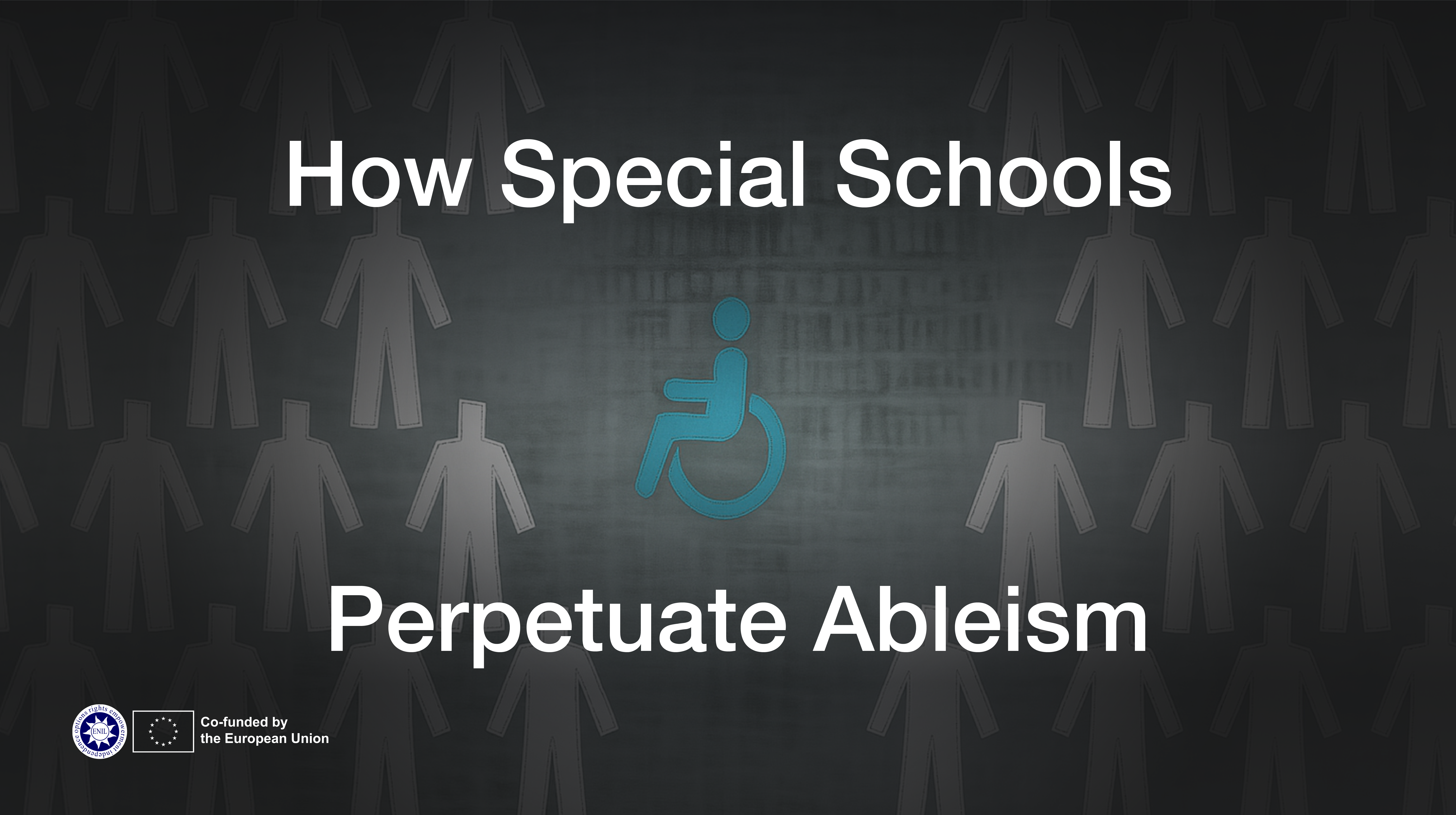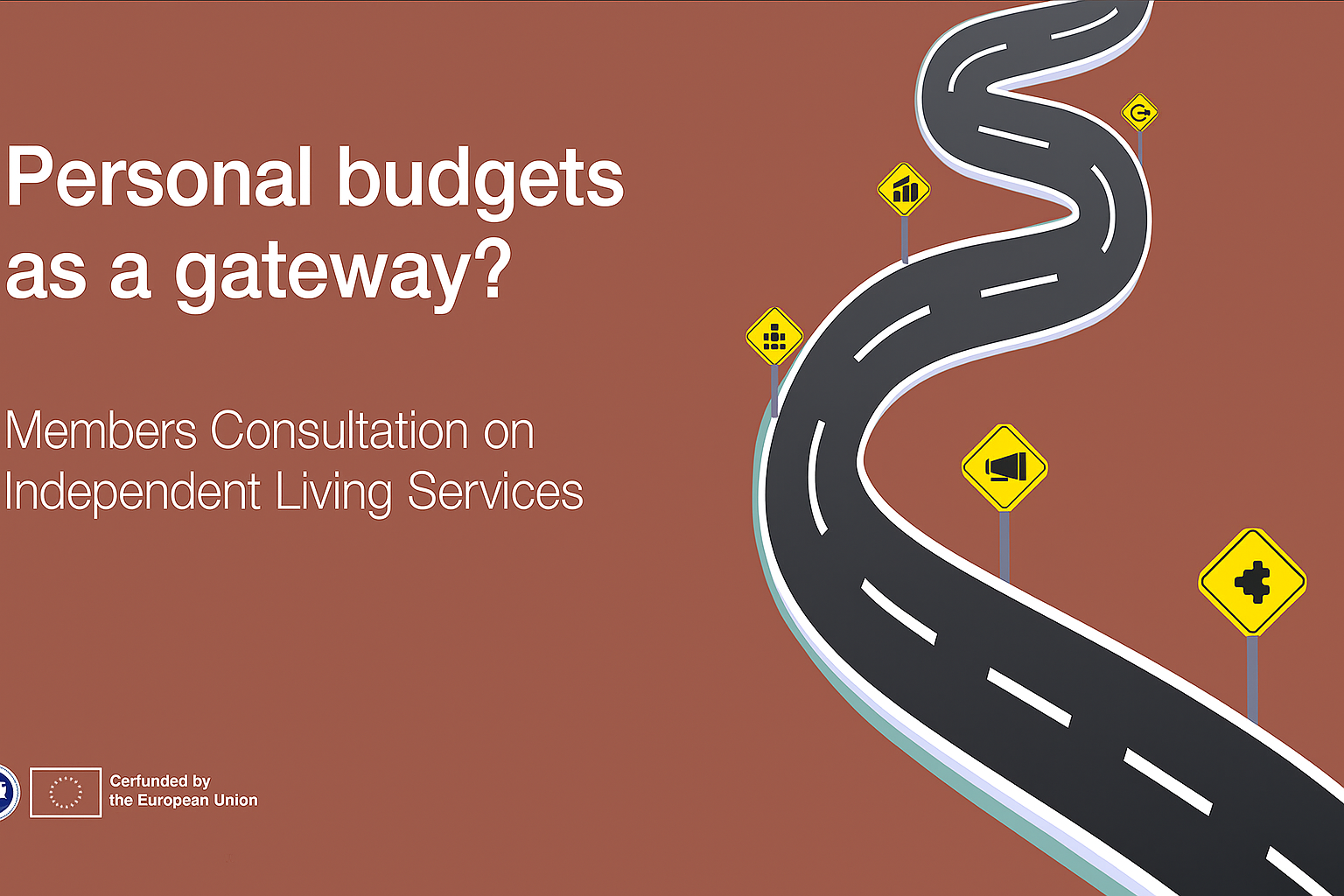From Christos Meletis – ENIL, Volunteer
Disabled people are excluded from society in a multitude of ways — through inaccessible transport, widespread prejudice, lack of accessible information, and more. But in my opinion, the most significant area of exclusion is from mainstream education. The reasons behind this are deeply connected to how humans perceive the world around them throughout their lives.
More specifically, two key evolutionary mechanisms play a role:
- In-group/out-group distinction
Social psychologists use this term to describe a natural human tendency: we are wired to be more favorable toward those we see as part of our group (familiar), and more wary or negative toward those we see as outsiders. This instinct evolved over millions of years when choosing who to trust could mean survival or death. Today, these instincts remain, even though the stakes are different. - Resistance to change
Humans generally resist changing what they’ve already learned. This is partly because change requires mental effort — and the brain tends to conserve energy — but also because changing your beliefs often means admitting you were wrong. That can be difficult, especially as people grow older and those beliefs become tied to their values and identity.
So, when non-disabled kids go to school, they don’t meet disabled kids there — since they are segregated into special schools. As a result, many non-disabled children spend their most formative years absorbing the message — often unintentionally — that disability is not normal. Since what is “normal” is shaped by what we’re exposed to daily, the lack of inclusion leads to deep-seated bias. And after years of this social conditioning, it becomes very difficult to shift those beliefs in adulthood.
And who do those non-disabled children grow up to be?
Politicians, policymakers, doctors, employers — people in positions of power. Without early exposure to disability and inclusive values, they often unconsciously reinforce the same systems of exclusion.
Taking all this into account, I believe that enrolling disabled children in mainstream schools is one of the most powerful long-term actions we can take to break the vicious circle of exclusion and promote true social inclusion.
I will end the article with the following question: How much better would the inclusion of disabled people in society be if today’s policymakers had gone to school alongside disabled children?
Sources: 1) Dunn, D. S. (2015). The social psychology of disability. Oxford University Press. 2) Banaji, M. R., & Greenwald, A. G. (2013). Blindspot: Hidden biases of good people. Delacorte Press.



